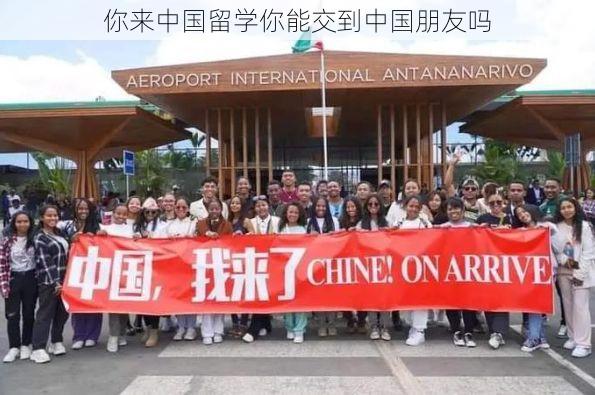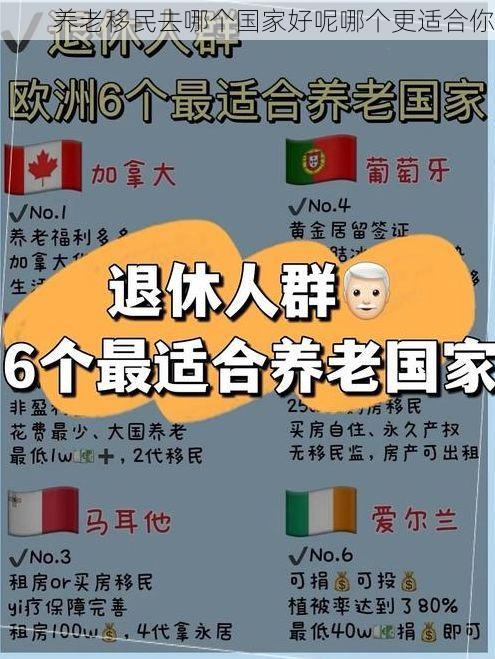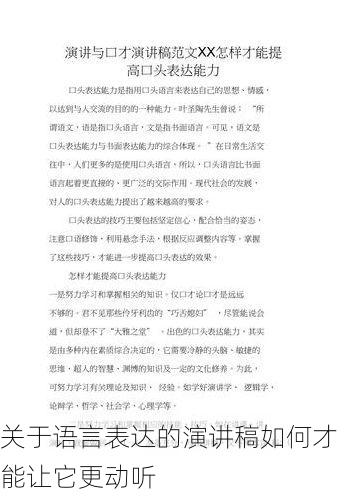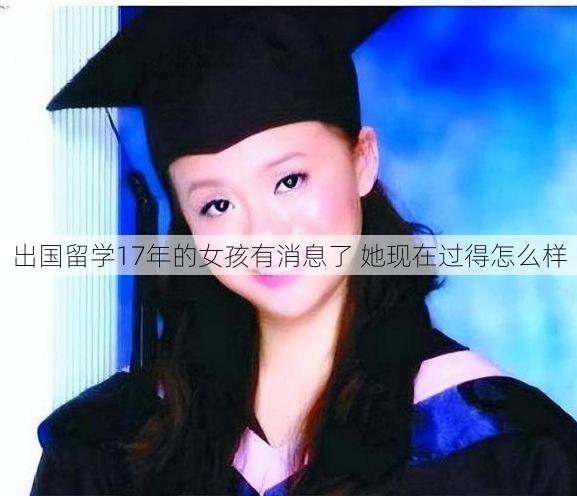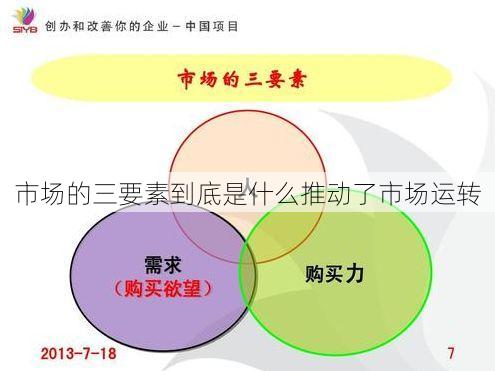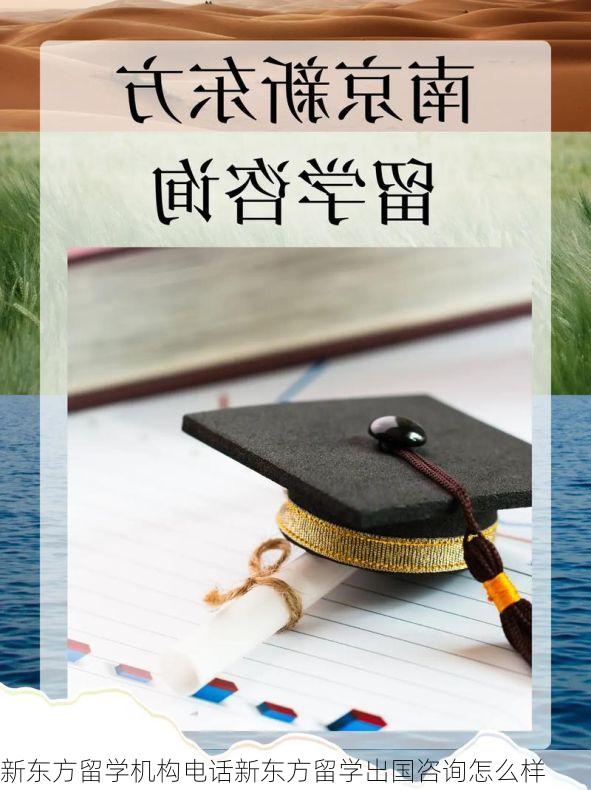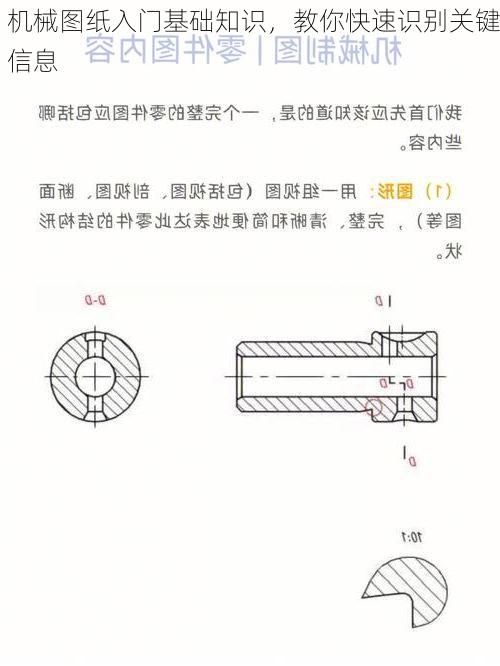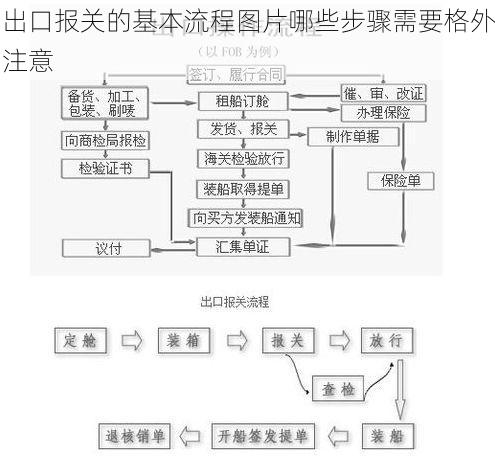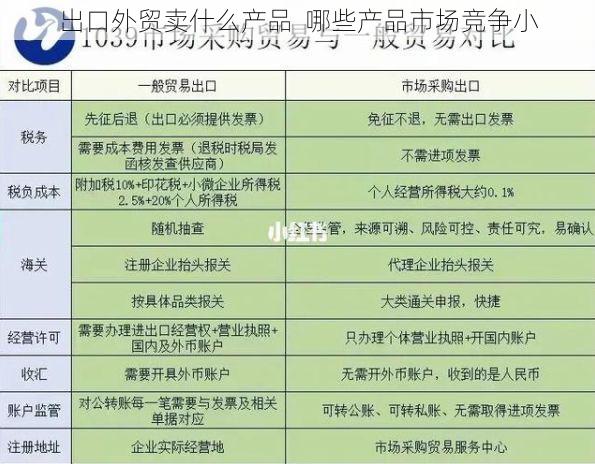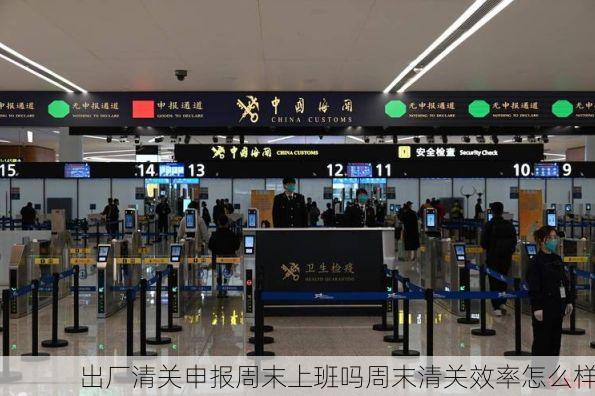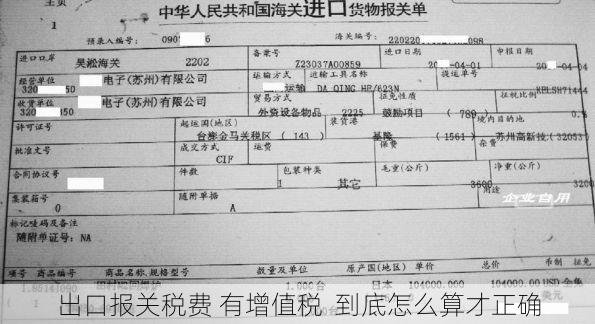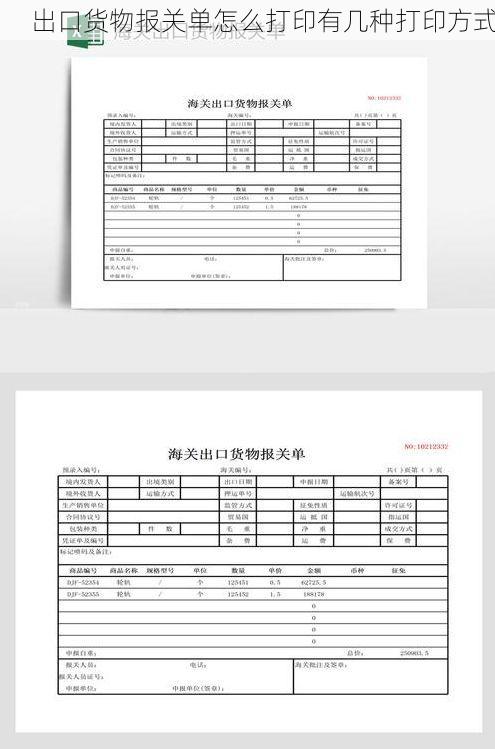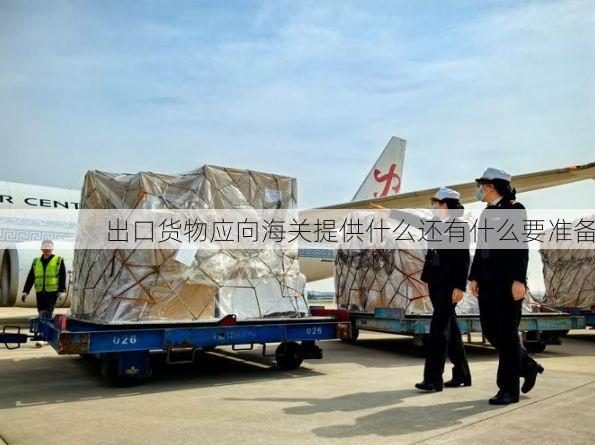弘扬中国传统文化是每一个炎黄子孙的责任和义务。作为新时代的青年,我们更应该积极参与到这项伟大的事业中来,将中华优秀传统文化传承下去,让其在世界舞台上绽放光彩。
The Importance of Promoting Chinese Traditional Culture

Chinese traditional culture is a treasure trove of wisdom and knowledge accumulated over thousands of years. It encompasses various aspects of life, including philosophy, art, literature, music, cuisine, and customs. It is a vital part of our national identity and plays a crucial role in shaping our values, beliefs, and behavior.
However, in recent years, with the rapid development of globalization and modernization, Chinese traditional culture has faced challenges. The influx of foreign cultures and the pursuit of material wealth have led some to neglect the importance of preserving our own cultural heritage.
Therefore, promoting Chinese traditional culture is essential for the following reasons:
Preserving our national identity: Chinese traditional culture is the foundation of our national identity. It embodies our unique history, values, and beliefs, distinguishing us from other cultures. By promoting it, we ensure that future generations can inherit and appreciate our rich cultural heritage.
Promoting cultural diversity: In a globalized world, it is more important than ever to celebrate and embrace cultural diversity. By promoting Chinese traditional culture, we contribute to a richer and more inclusive global society.
Strengthening national cohesion: Shared cultural values and traditions can strengthen national cohesion. By promoting Chinese traditional culture, we foster a sense of belonging and unity among the Chinese people.
Inspiring creativity and innovation: Chinese traditional culture is a source of inspiration for creativity and innovation. By studying and appreciating its rich artistic and philosophical heritage, we can develop new ideas and perspectives that can contribute to the development of society.
Methods for Promoting Chinese Traditional Culture
There are many ways to promote Chinese traditional culture. Some effective methods include:
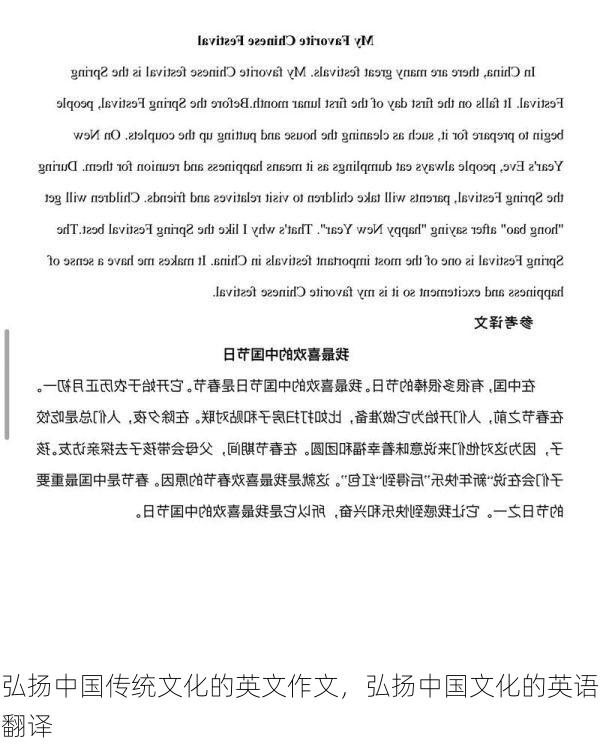
Education: Incorporating Chinese traditional culture into the education system is crucial. This can be done through teaching courses on Chinese history, philosophy, art, and literature, as well as organizing cultural activities and events.
Public awareness: Raising public awareness of Chinese traditional culture through media campaigns, exhibitions, and performances can help to foster greater appreciation and understanding.
International exchange: Promoting cultural exchange with other countries can help to spread awareness and understanding of Chinese traditional culture. This can be done through hosting cultural delegations, organizing international festivals, and supporting collaborations between cultural institutions.
Technological advancements: Utilizing digital platforms and social media to share information, videos, and stories about Chinese traditional culture can reach a wider audience and make it more accessible.
The Role of Youth in Promoting Chinese Traditional Culture
Youth play a vital role in promoting Chinese traditional culture. They are the future generation and have the energy, creativity, and enthusiasm to bring fresh perspectives and approaches.
Here are some ways young people can contribute:
Participate in cultural activities: Actively participate in cultural events, festivals, and workshops to learn about and appreciate Chinese traditional culture.
Spread awareness through social media: Utilize social media platforms to share information, stories, and videos about Chinese traditional culture with friends and followers.

Volunteer for cultural organizations: Offer your time and skills to volunteer for cultural organizations that promote Chinese traditional culture.
Create innovative ways to promote culture: Develop creative projects, initiatives, and campaigns that engage young people and promote Chinese traditional culture in a modern and engaging way.
The Importance of Adapting to the Modern World
While preserving traditional values and practices is essential, it is also crucial to adapt Chinese traditional culture to the modern world. This means finding new ways to express and share it in a way that is relevant and engaging to contemporary audiences.
Here are some examples:
Blending traditional and modern elements: Combining traditional artistic techniques with modern design and technology can create fresh and innovative expressions of Chinese traditional culture.
Creating new interpretations: Reinterpreting traditional stories, myths, and legends in a modern context can make them more relatable to younger generations.
Utilizing technology: Integrating Chinese traditional culture into digital platforms, games, and apps can make it more accessible and appealing to a wider audience.
Examples of Successful Initiatives
Several successful initiatives have been undertaken to promote Chinese traditional culture in recent years. These initiatives have demonstrated the effectiveness of various approaches:
| Initiative | Description | Impact |
|---|---|---|
| The "Chinese Cultural Heritage Protection" program: This program focuses on the preservation and restoration of historical sites and cultural artifacts. | It has helped to preserve and revitalize important cultural heritage sites and objects. | |
| The "Cultural Inheritance" program: This program supports the training and development of traditional artists, performers, and craftspeople. | It has helped to ensure the continuity of traditional skills and practices. | |
| The "Cultural Exchange" program: This program facilitates cultural exchange between China and other countries through various programs and initiatives. | It has helped to promote mutual understanding and appreciation of Chinese traditional culture on a global scale. |
Promoting Chinese traditional culture is not just a matter of nostalgia or preserving the past; it is about ensuring a vibrant and dynamic future for our nation. By actively engaging in the preservation, adaptation, and promotion of our rich cultural heritage, we can ensure that it continues to inspire, enrich, and guide future generations.
We must embrace the challenge and opportunity to promote Chinese traditional culture in a way that is relevant, engaging, and sustainable for the 21st century. Let us work together to ensure that Chinese traditional culture continues to flourish and thrive for generations to come.
Let us know your thoughts on how we can better promote Chinese traditional culture in the modern world. How can we make it more accessible and appealing to younger generations? Share your ideas and insights in the comments below!

